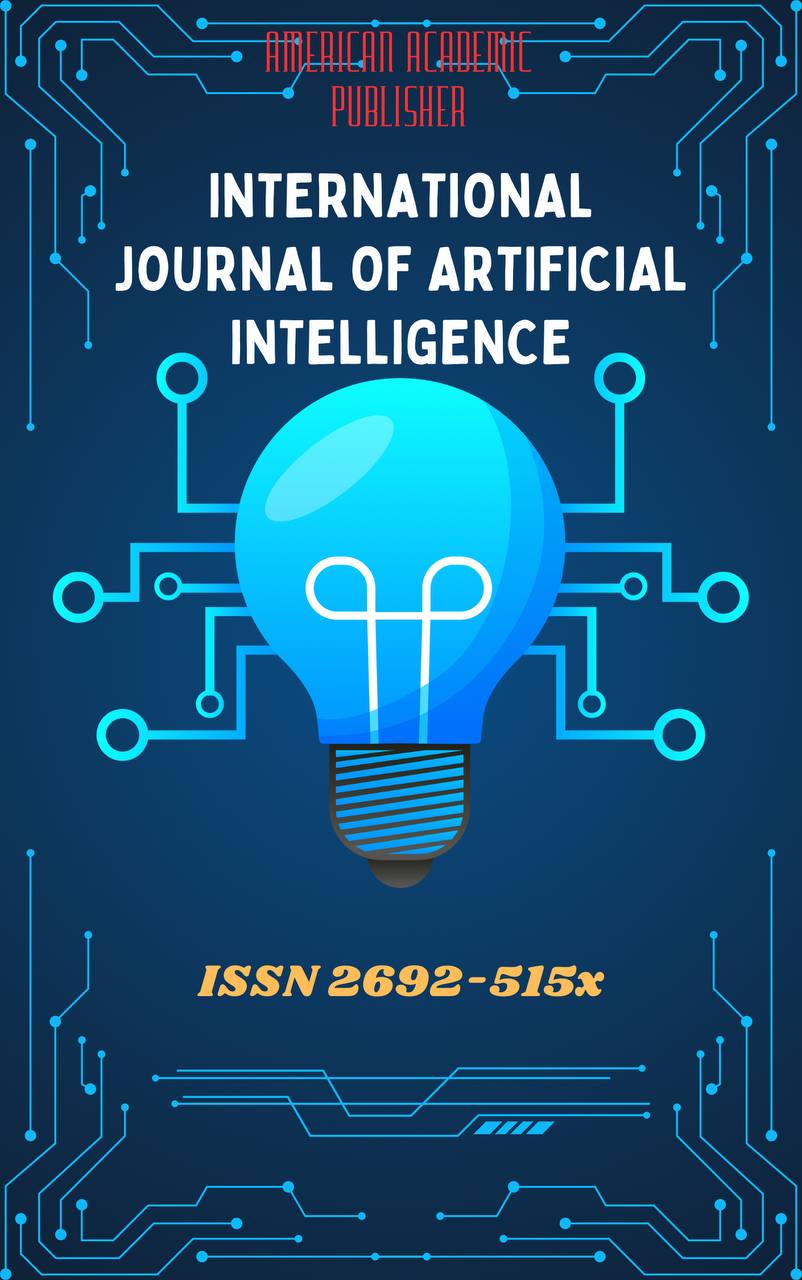 Articles
| Open Access |
Articles
| Open Access | THE IMPACT OF TECHNOLOGY ON CORPUS LINGUISTICS
Ibotova Zulaykho Abdurazzoq kizi , xAbstract
x
Keywords
x
References
Anthony, L. (2019). AntConc: A learner and professional-friendly concordancer. Tokyo: Waseda University.
Biber, D., Conrad, S., & Reppen, R. (1998). Corpus linguistics: Investigating language structure and use. Cambridge: Cambridge University Press.
Burnard, L. (2007). The British National Corpus: A resource for the study of English. In The Oxford Handbook of Computational Linguistics (pp. 1-20). Oxford: Oxford University Press.
Cohen, J. (2017). Ethics in the age of big data: The implications of user-generated content for linguistics. Linguistic Research, 45(2), 123-135.
Davies, M. (2008). The Corpus of Contemporary American English: 520 million words, 1990-present. Available at: [https://www.english-corpora.org/coca/]
Eisenstein, J. (2013). What to do about bad language on the internet. Proceedings of the 2013 Conference on Empirical Methods in Natural Language Processing, 94-104.
Gries, S. T. (2009). Statistical methods for corpus linguistics. In The Routledge Handbook of Corpus Linguistics (pp. 25-39). London: Routledge.
Jurafsky, D., & Martin, J. H. (2021). Speech and language processing (3rd ed.). Pearson.
Kilgarriff, A., Reddy, S., & Tugwell, D. (2014). The Sketch Engine: A corpus management system for the web. In Proceedings of the 9th International Conference on Language Resources and Evaluation (LREC), pp. 1209-1214.
McEnery, T., & Hardie, A. (2011). Corpus linguistics: Method, theory and practice. Cambridge: Cambridge University Press.
Article Statistics
Downloads
Copyright License

This work is licensed under a Creative Commons Attribution 4.0 International License.

